Hi, I’m Chris Gamvroulas, Lead Developer at Useberry. I’ve been wrangling code and sprint planning for a while now, and if there’s one thing I’ve learned, it’s this: no matter how good your backlog looks on Monday, by Friday, you’re knee-deep in unexpected edge cases, design handoffs, and that one bug that shouldn’t exist.
Over the years, we’ve refined a lot of our development practices to stay nimble. And a big part of that has been figuring out how to collaborate better with our design and research teams. Because let’s be real, development sprints aren’t just about shipping code. They’re about making things work for real users, in the real world.
Let’s break down a few things that make sprint life easier for developers, designers, and everyone in between.
Communication: The Original Debugger
If your sprint planning session sounds like, “Let’s circle back on this when the design’s ready,” you’re probably setting yourself up for a fun surprise down the road.
Design and development should never feel like a relay race where you just pass the baton and hope it lands. The earlier we loop each other in, the smoother things go. Ask questions during the design phase. Flag weird edge cases before they become full-blown blockers. And if something feels off, just say it on the spot. Silence isn’t golden, it’s expensive.
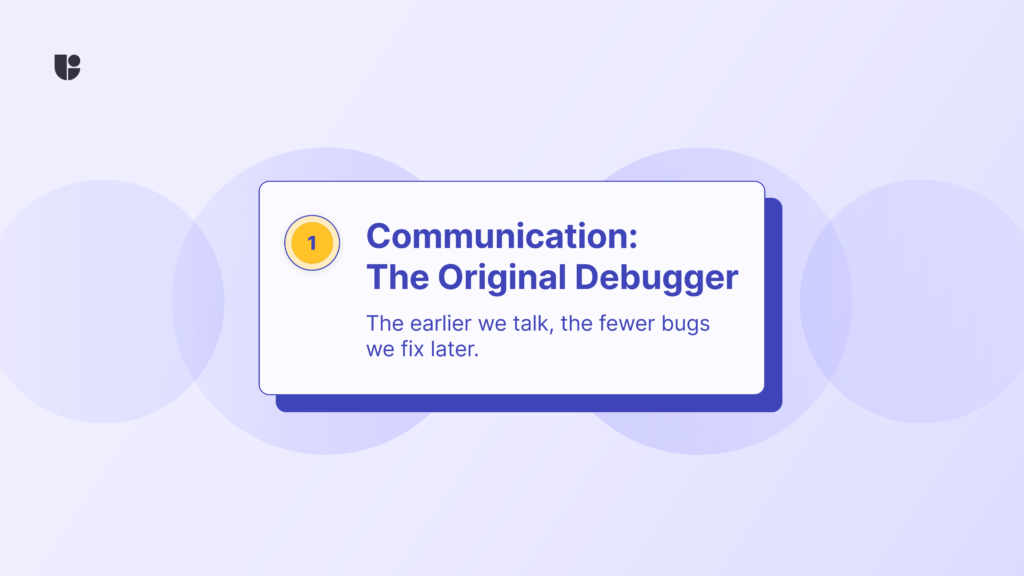
Clear Handoffs Save Sanity (and Time)
There’s nothing quite like opening a Figma file and thinking, “So… what am I actually building here?”
A clean design handoff includes user flows, design specs, edge cases, and if we’re lucky some usage context. Developers aren’t mind readers (we’re still waiting on that feature). The more clarity we get up front, the less guesswork and rework later.
At Useberry, testing starts during early design stages to catch confusion before it hits dev. It’s like pre-debugging. Highly recommend.
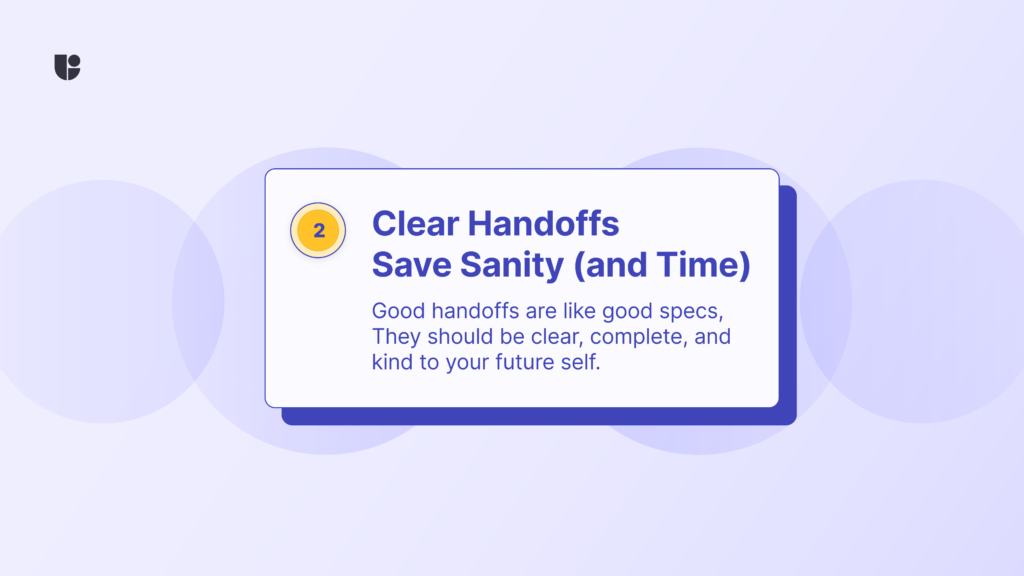
UX Feedback: The Sooner, The Better for Development Sprints
You know what’s worse than rewriting a feature a week before launch? Rewriting it after it launches.
That’s why looping in user feedback early (which means before development goes full steam) is a win for everyone. Our UX team runs preference tests, usability tasks, and surveys on early-stage prototypes. That helps us build features that don’t just work technically, but feel right to the people using them.
Less guesswork = fewer iterations = happier teams. And yes, we test our tests .. with Harry.
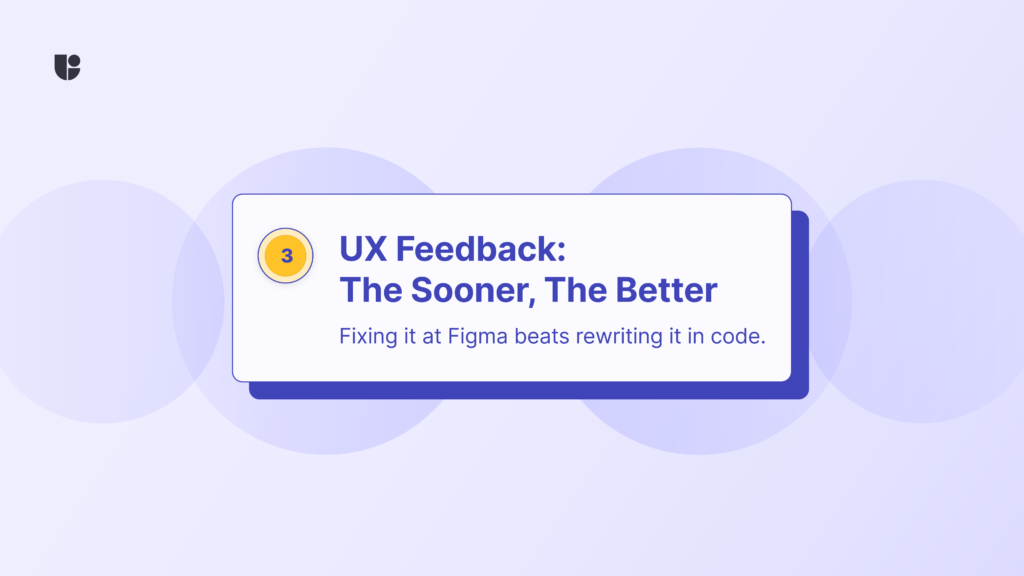
Developer Happiness = Better Features
Here’s a hot take: when developers aren’t drowning in stress, they actually write better code.
We’ve started thinking more about dev experience during sprints. Can we automate something? Improve documentation? Reduce context switching? These “quality of life” improvements might seem small, but they add up fast.
And honestly, a dev who still has brainpower at the end of the day is way more likely to spot a UI gap or suggest a UX tweak. Everyone wins.
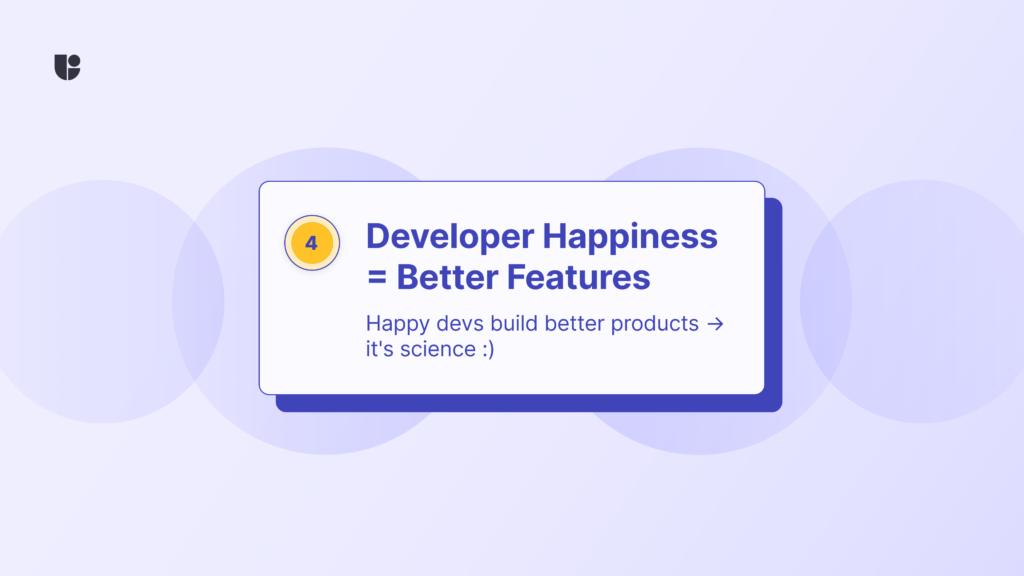
How Useberry Helps (Yes, a Mini Plug)
At Useberry, we’ve built our own development sprint process around.. well, Useberry. We test early and often, which means:
- Designers get feedback before finalizing designs
- Devs get fewer last-minute design changes
- PMs get clearer signals on what’s working
Our tests make it easy to validate assumptions before they turn into sprints full of revisions. It’s not magic, but it definitely cuts down on the guesswork.
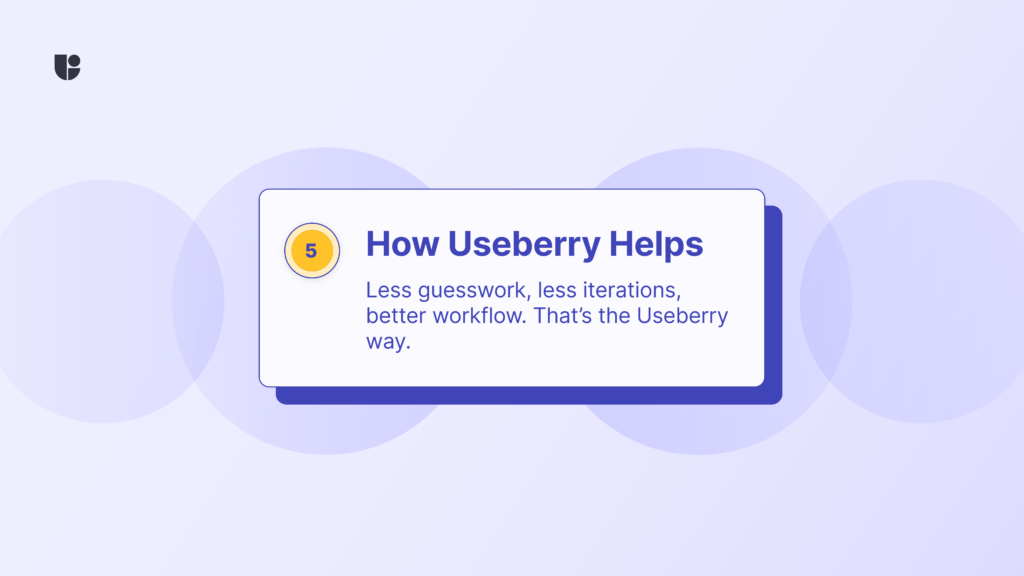
Final Thoughts
If you’re looking to make your development sprints easier, faster, and a little less “surprise-filled,” start with better alignment. Talk more, test early, and never underestimate the power of a shared prototype. If all else fails, take a breath, grab your dumbbells and a glass of Tsipouro (in either order works for me), and come back fresh. A clear mind builds cleaner code.
Want to see how Useberry can help your team build better, together?
Explore our UX Research platform and testing features at useberry.com.




